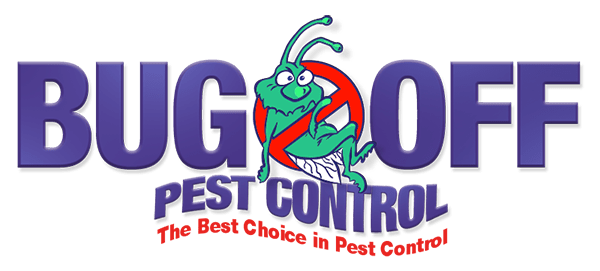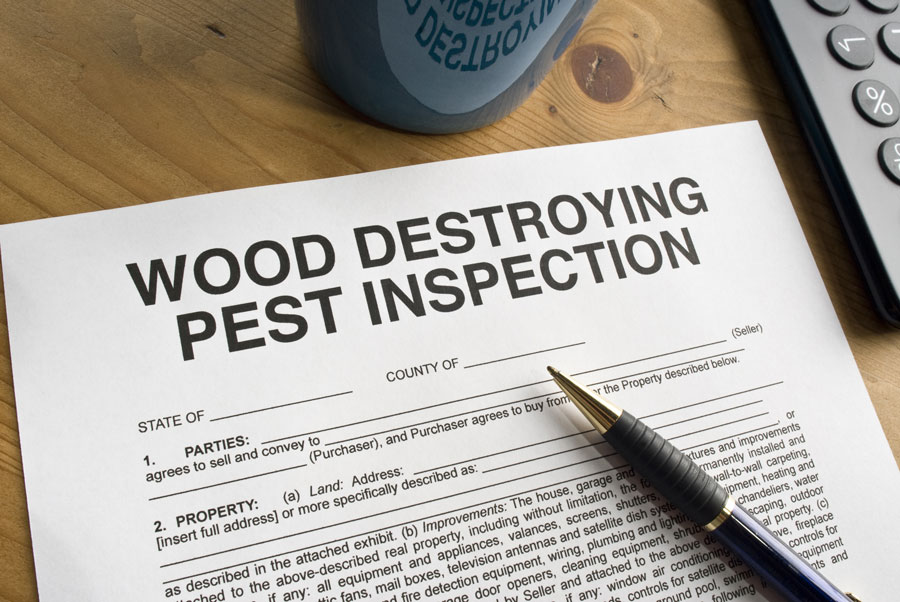Termite infestations are more than just a nuisance – they can have significant economic consequences for homeowners and businesses. The financial toll of termite damage can be substantial, from costly repairs to decreased property values. In this blog, our pest control McAllen experts explore the economic impact of termite infestations and highlight the costs that often arise due to these destructive pests.
Structural Damage
One of termite infestations’ most apparent and significant costs is structural damage to buildings and homes. Termites feed on wood and other cellulose materials, compromising the integrity of wooden structures such as support beams, floor joists, and wall studs. Over time, this can lead to extensive damage that requires costly repairs or even complete reconstruction. The financial burden of repairing structural damage caused by termites can quickly add up, putting a strain on homeowners and businesses alike.
Repair and Restoration Costs
Repairing termite damage is not only expensive but also time-consuming. In addition to the cost of materials and labor, homeowners and businesses may incur additional expenses related to temporary relocation, storage of belongings, and disruption of daily activities. Whether it’s replacing damaged wood, repairing structural components, or treating the infestation itself, remedying termite damage can be costly and arduous.
Decreased Property Values
Termite infestations can also negatively impact property values. Potential buyers may be deterred by the presence of termites or the history of termite damage, leading to decreased demand and lower selling prices. Even after the infestation has been treated and the damage repaired, the stigma associated with termite infestations may linger, further diminishing the property’s value. For homeowners looking to sell their property, termite damage can significantly reduce their potential return on investment.
Pest Control Mcallen Expenses
Preventing and treating termite infestations requires ongoing pest control efforts, which can be costly for homeowners and businesses. Professional extermination services, termite inspections, and preventive treatments all come with price tags, adding to the overall financial burden of termite infestations. While investing in pest control may help mitigate the risk of termite damage, it still represents a recurring expense that must be factored into the budget.
Lost Revenue for Businesses
Termite infestations can also negatively impact businesses financially. In addition to the costs associated with repairing damage to buildings and facilities, businesses may experience lost revenue due to disruptions in operations, temporary closures, or damage to inventory and equipment. For industries such as hospitality, food service, and retail, where reputation and customer trust are paramount, the impact of termite infestations can be particularly devastating.
Long-term Financial Consequences
The financial consequences of termite infestations can extend far beyond the initial costs of repair and treatment. Due to the risk of recurring infestations, homeowners and businesses may face higher insurance premiums or difficulty obtaining coverage in the future. Additionally, the time and resources spent dealing with termite damage could have been allocated to other investments or projects, further hindering financial growth and stability.
Bid Farewell to Termites with Bug Off
Termite infestations can have significant economic implications for homeowners and businesses, ranging from costly repairs and decreased property values to lost revenue and long-term financial consequences. By understanding the financial risks associated with termite damage and taking proactive measures to prevent infestations, individuals and organizations can mitigate the economic impact and protect their investments for years to come. If you suspect a termite infestation in your home or business, don’t wait – contact Bug Off Pest Control McAllen experts today for professional inspection and treatment services.

